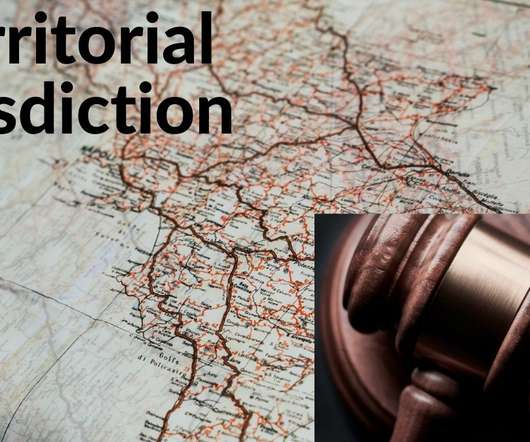Conference on “Characterisation in the Conflict of Laws” at Oxford, 20–21 March 2025
Conflict of Laws
OCTOBER 14, 2024
Characterisation identifies in cross-border litigation the nature or category of a particular cause of action (for instance contractual, tortious, proprietary, corporate, matrimonial), so that the correct connecting factor can be employed.














Let's personalize your content